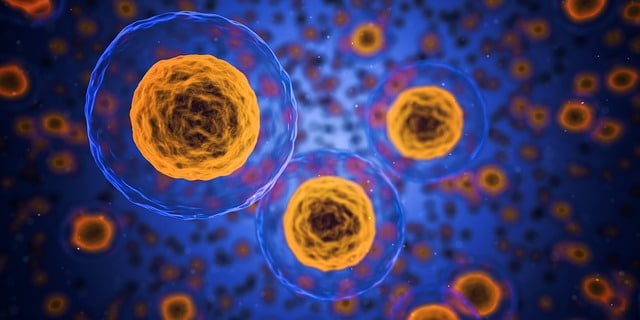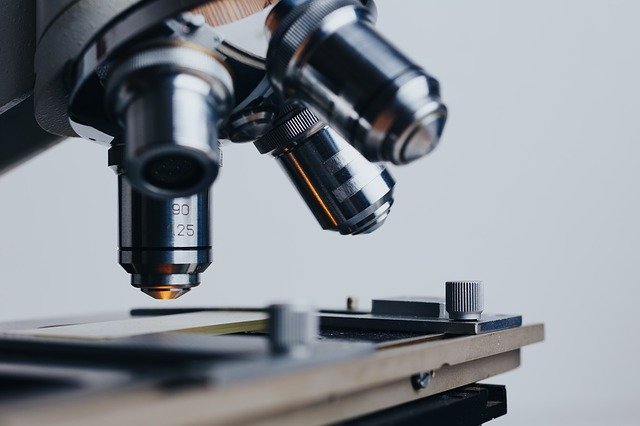
Aquaporins are small proteins
Aquaporins are proteins that are found in biological membranes , crossing them and allowing the passage of small solutes and water thanks to their pores . These substances, therefore, act as a channel .
a small protein
Each aquaporin has a pore and has transmembrane vessels that enter and exit the membrane. The pore in question is formed between these vessels. It is important to mention that in each membrane there are four aquaporin pores, which establish tetramers .
There are different families of aquaporins. Some are located on the outer membranes , while others are found on the inner membranes. At a general level it can be said that aquaporin is a small protein.
It is interesting to note that all organisms in the different biological kingdoms have aquaporins. Scientists believe that there is likely a common ancestor between all of these proteins.
The transport of water and solutes carried out by aquaporins is regulated according to different cellular signals . The structure of the protein, in this framework, is modified to alternate between a closed state and an open state that allows, or not, the passage of elements. It can also change the amount of protein in the membrane to control transfers.
History
In 1992, two prominent scientists dedicated to chemistry, Americans Peter Agre and Roderick MacKinnon , announced that they had discovered the first water channel, what is today known as human AQP1 or human aquaporin 1 .
Based on studies in the field of biophysics , the proposal pointed out that the channels had a mechanism that can be interpreted as a kind of gate that allows the regulation of permeability to water. In addition, the scientists assured that each channel has a dozen water molecules that move in a line to pass through the membrane.
It should be noted that Agre and MacKinnon jointly received the Nobel Prize in Chemistry in 2003 for their discoveries in this field . Specifically, Agre was honored for his discovery of aquaporins, while MacKinnon received the award for his studies on the mechanism and structure of potassium channels.
In the human being
Before we saw that the aquaporin discovered by Agre and MacKinnon carries an identification number, and this is because there are twelve others in our body. The numbering starts at zero and goes up to twelve. According to their degree of permeability , aquaporins, which in principle belong to a large family, are divided into two smaller ones:
* those that can transport water, which maintain the name aquaporins , are zero, one, two, four, five, six and eight;
* aquaglyceroporins , on the other hand, are channels permeable to certain solutes (such as glycerol or urea), in addition to water. These are aquaporins three, seven, nine and ten;
* eleven and twelve, on the other hand, do not fall into any category.

In humans there are thirteen aquaporins
Depending on the tissues, aquaporins have a differential expression and are part of several physiological functions, of which we can mention the administration of urea within the kidneys (its concentration ), the control of tears and the management of the transparency of the kidney. lens of the eye. As they are channels, their transport must be regulated, and that is what the different cellular signals it receives serve.
Some diseases, such as kidney diseases, obesity and brain edema, among other disorders, are related to aquaporins, although this link has not been 100% proven.
